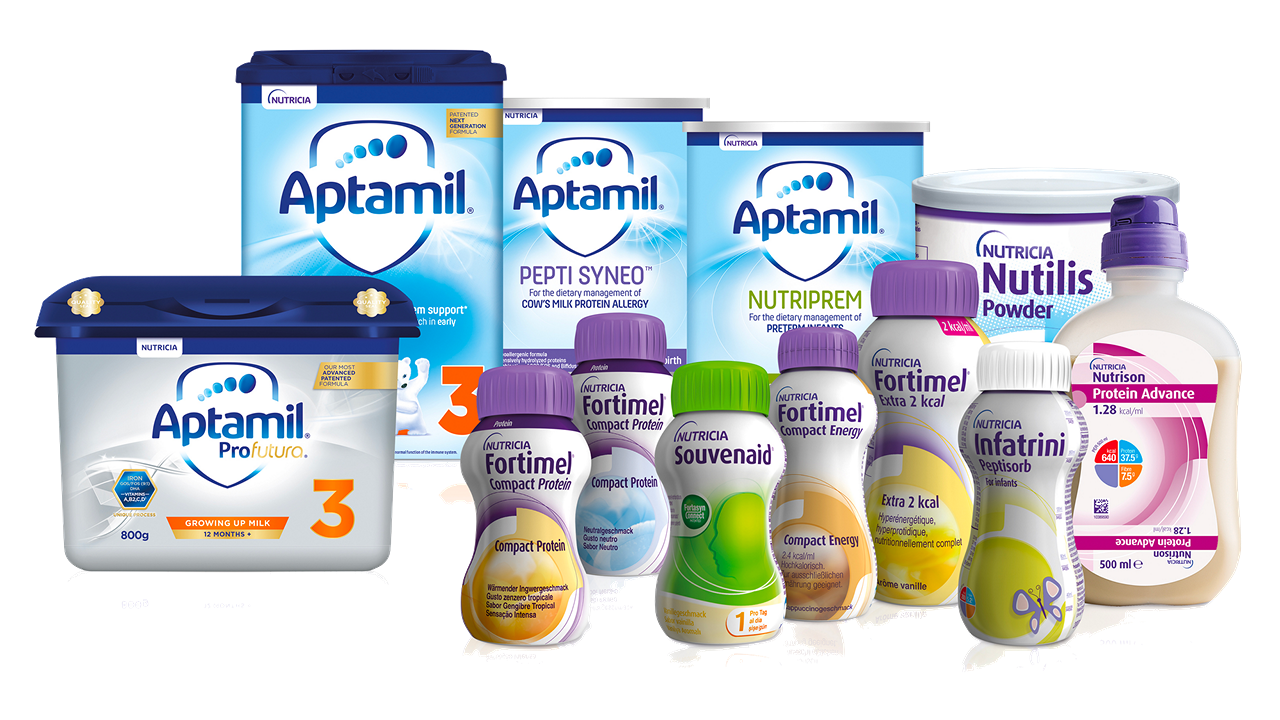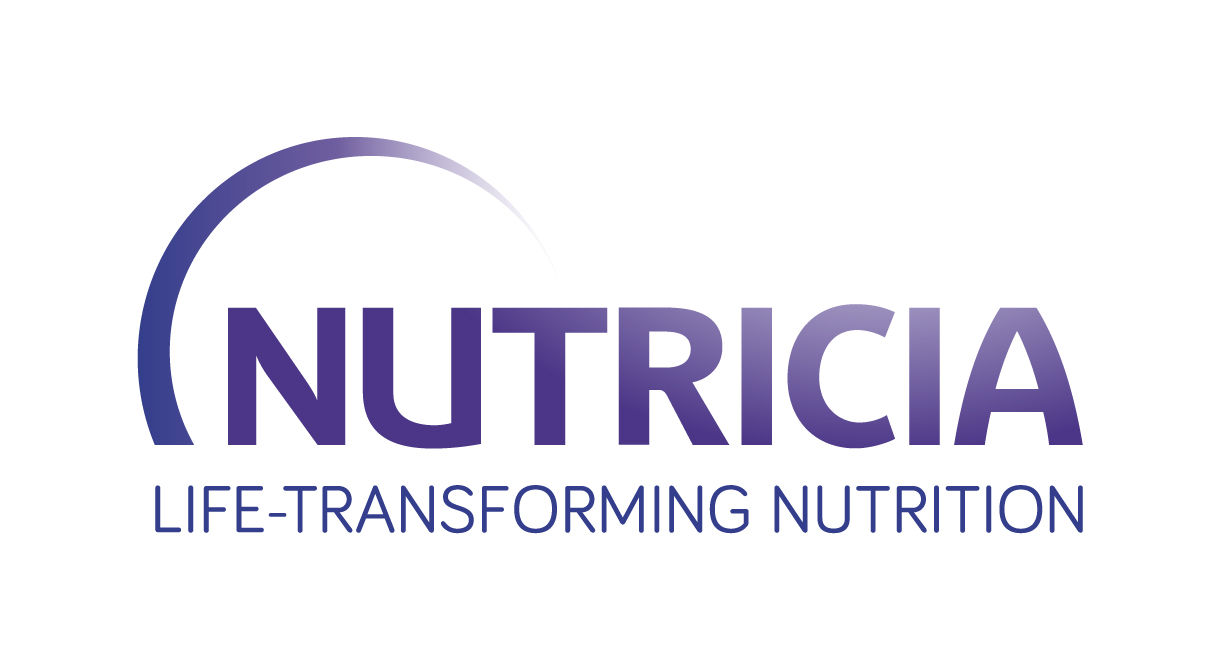Around 1 in 10 infants are born prematurely – that’s 15 million infants worldwide, each year.1 With a preterm baby born every two seconds, premature birth rate is on the rise.
World Prematurity Day on 17 November is an important opportunity to shine a light on the health challenges premature babies can face and spread compassion and hope for families who have experienced (are experiencing) premature births.
Defined as a baby who is born before 37 weeks, preemies have immature immune system and are more susceptible to infections. With growth expectations up to five times higher than term born peers2, sleep and adequate nutrition play an important role in helping preterm children to fight off bugs effectively on their own and ensure they grow up to be healthy individuals.




